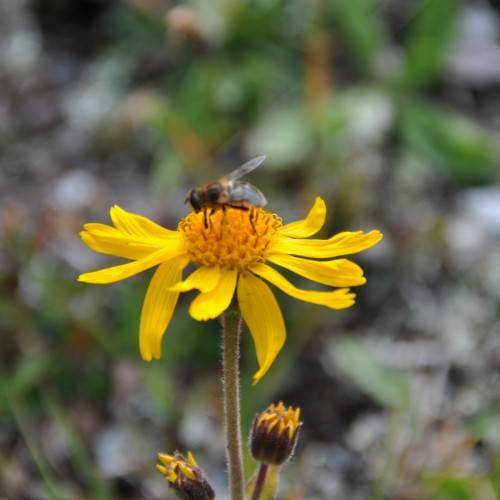
Griscom's Arnica
Arnica griscomii subsp. griscomii
Watering:
Minimal
Hardiness Zone:
Sun:
full sun,part shade
Leaf:
Yes
Growth Rate:
Low
Drought Tolerant:
Yes
Salt Tolerant:
Yes
Care Level:
Medium
watering
Slender Leopardbane prefers moist, well-draining soil, so it should be watered on a regular basis. Allow the soil to dry out a bit between waterings, but be careful not to let it become completely dry. Water deeply and evenly, giving the plant a good soaking at least once a week in the summer and once every 2 weeks in the winter. Water the potting mix only when the surface begins to feel slightly dry to the touch. An occasional misting can be beneficial in the summer months.
sunlight
Slender Leopardbane (Arnica gracilis) plants prefer full sun to partial shade. They should be in a location that gets at least 6 hours of direct sunlight per day, with preferably 8 to 10 hours to ensure proper growth and flowering. Because Slender Leopardbane plants are native to the Pacific Northwest, partial shade or filtered sunlight is ideal during the high summer months when temperatures are warmer. Planting in part shade during the summer, and full sun during the fall and winter months will provide Slender Leopardbane plants with the best growth and flowering potential.
pruning
Slender Leopardbane (Arnica gracilis) should be pruned in late winter or early spring, when the plant is entering the new growing season. Pruning should be done lightly, removing only spent or dead flowers and stems. Stems can be cut back to a healthy bud or a branching point. If the plant is becoming too leggy, larger branches can also be lightly pruned. This should be done with sharp pruners, and all cuts should be at 45 degree angles.
